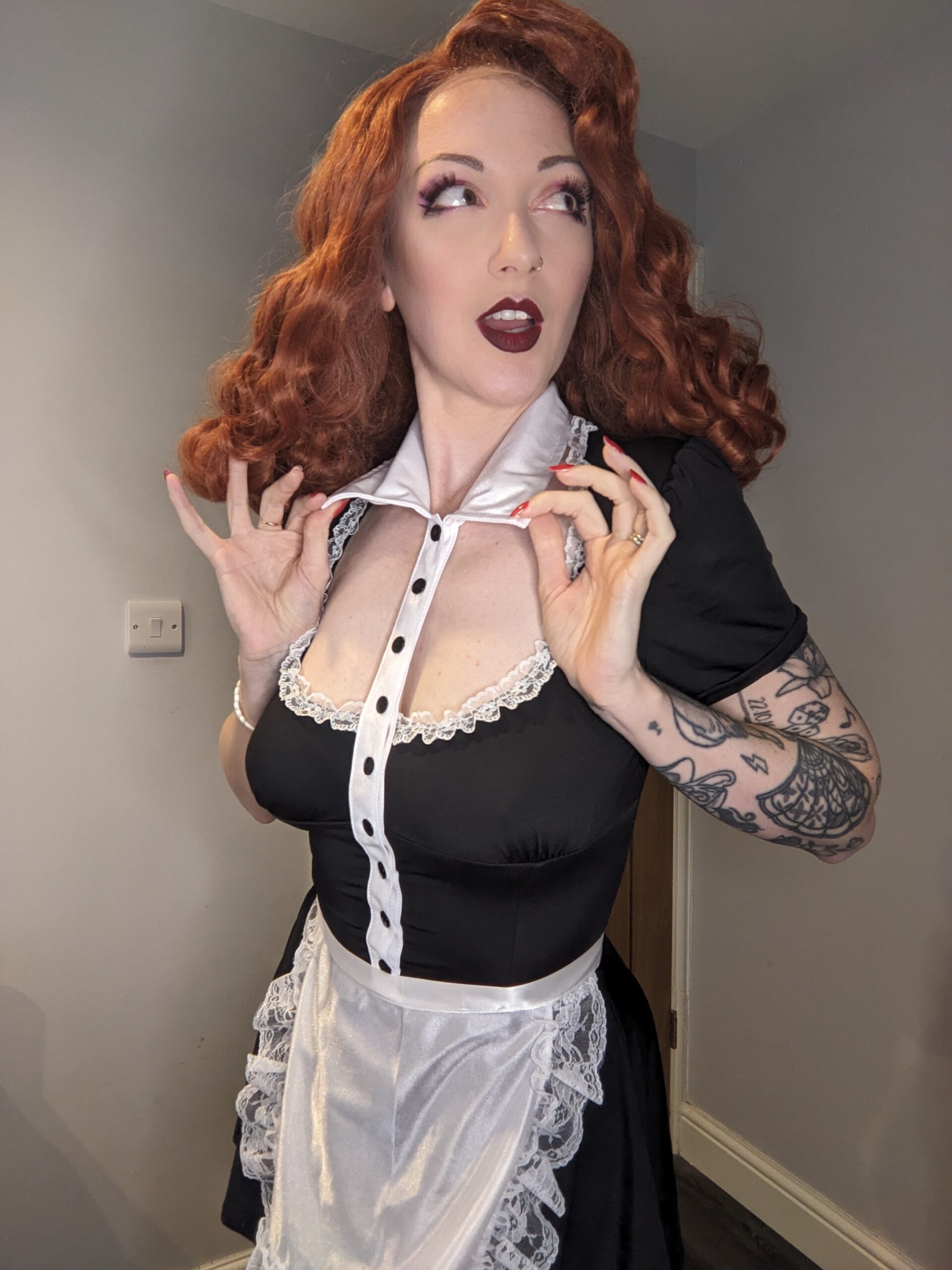What Is Pansexuality? A Deep Dive Into Attraction Beyond Gender

Understanding Pansexual Identity
Pansexuality is an often misunderstood sexual orientation that extends beyond traditional binaries. Understanding pansexual identity requires moving past rigid definitions of gender and embracing a spectrum of human experience. This exploration will delve into the core principles of pansexuality, shedding light on its nuances and celebrating the diversity it embodies.
Definition and Core Concepts
Pansexuality is characterized by romantic and sexual attraction to people regardless of their gender identity or expression. It encompasses attraction to all genders, including men, women, transgender individuals, non-binary people, and those who identify outside the traditional gender spectrum.
Central to pansexual identity is the belief that a person’s gender is not a determining factor in attraction. Pansexual individuals find themselves attracted to the unique qualities and personalities of others, irrespective of their gender presentation or identification.
It’s important to distinguish pansexuality from bisexuality, which often refers to attraction to two genders (typically male and female). While there can be overlap between the two identities, pansexuality emphasizes attraction to all genders, encompassing a broader spectrum of human experience.
Distinguishing Pansexuality from Other Sexual Orientations
Understanding the distinction between pansexuality and other sexual orientations is crucial for accurate representation and respectful understanding. While both pansexuality and bisexuality involve attraction to more than one gender, there’s a key difference in their scope.
Bisexuality often refers to attraction to two specific genders, typically male and female. Pansexuality, on the other hand, extends beyond this binary and encompasses attraction to all genders, regardless of how they identify or express themselves.
Another important distinction is made between pansexuality and omnisexuality. While both terms suggest attraction to all genders, there are subtle differences in their emphasis. Pansexuality often centers around the idea that gender is not a primary factor in attraction, while omnisexuality may place more emphasis on attraction being influenced by personality or individual characteristics rather than gender.

Beyond the Binary: Embracing Gender Fluidity
Understanding pansexual identity requires recognizing its inclusivity and moving beyond rigid binary concepts of gender. Pansexuality encompasses attraction to all genders, acknowledging the fluidity and diversity of human experience. This means that a pansexual person can be attracted to men, women, transgender individuals, non-binary people, and those who identify outside the traditional gender spectrum.
A core principle of pansexuality is that a person’s gender does not dictate their attractiveness. Pansexual individuals are drawn to the unique qualities and personalities of others, regardless of how they identify or express their gender. This perspective challenges societal norms that often limit attraction based on rigid gender categories.
It’s important to distinguish pansexuality from bisexuality, as both terms encompass attraction beyond a single gender but differ in scope. Bisexuality typically refers to attraction to two genders, often male and female. Pansexuality, however, extends its inclusivity to encompass attraction to all genders, embracing the full spectrum of human gender identities.
Furthermore, differentiating pansexuality from omnisexuality is crucial for accurate representation. Both terms suggest attraction to all genders, but subtle nuances exist in their emphasis. Pansexuality often centers on the idea that gender itself isn’t a primary factor in attraction. Conversely, omnisexuality might place more emphasis on attraction being influenced by individual personality or characteristics rather than solely based on gender.
Experiences of Pansexual Individuals
Pansexuality is an identity that embraces attraction to individuals regardless of their gender identity or expression. It celebrates the diversity of human experience and challenges societal norms that limit attraction to rigid binary categories. Understanding pansexuality requires moving beyond traditional definitions of gender and recognizing that a person’s gender does not determine their attractiveness.
Navigating Relationships and Social Perceptions
Experiences of pansexual individuals navigating relationships and social perceptions can be complex and multifaceted. Like anyone else, pansexual individuals seek fulfilling romantic and sexual connections, but they may encounter unique challenges due to societal misconceptions and lack of understanding surrounding pansexuality.
One common challenge is finding partners who are open-minded and accepting of their identity. Misconceptions about pansexuality can lead to assumptions or stereotypes that may make it difficult for pansexual individuals to feel comfortable disclosing their orientation to potential partners.
Another hurdle can be dealing with biphobia, a prejudice against bisexual and pansexual people. This can manifest in various forms, from dismissive comments and jokes to outright discrimination. Pansexual individuals may experience feelings of isolation or rejection due to these negative attitudes.

Moreover, societal expectations around gender roles and relationships can sometimes clash with the experiences of pansexual individuals. Traditional norms may lead to pressure to conform to binary relationships or assumptions about their sexual preferences based on their gender identity.
Despite these challenges, many pansexual individuals find love and support within inclusive communities and supportive relationships. Online platforms and LGBTQ+ organizations provide spaces for connection and shared experiences. It’s crucial for society to foster an environment of understanding, acceptance, and respect for all sexual orientations, allowing pansexual individuals to live authentically and freely.
Challenges and Stigma Faced by the Pansexual Community
Experiences of pansexual individuals navigating relationships and social perceptions can be complex and multifaceted. Like anyone else, pansexual individuals seek fulfilling romantic and sexual connections, but they may encounter unique challenges due to societal misconceptions and lack of understanding surrounding pansexuality.
- One common challenge is finding partners who are open-minded and accepting of their identity. Misconceptions about pansexuality can lead to assumptions or stereotypes that may make it difficult for pansexual individuals to feel comfortable disclosing their orientation to potential partners. strawberry lube
- Another hurdle can be dealing with biphobia, a prejudice against bisexual and pansexual people. This can manifest in various forms, from dismissive comments and jokes to outright discrimination. Pansexual individuals may experience feelings of isolation or rejection due to these negative attitudes.
- Moreover, societal expectations around gender roles and relationships can sometimes clash with the experiences of pansexual individuals. Traditional norms may lead to pressure to conform to binary relationships or assumptions about their sexual preferences based on their gender identity.
Despite these challenges, many pansexual individuals find love and support within inclusive communities and supportive relationships. fetish roleplay UK Online platforms and LGBTQ+ organizations provide spaces for connection and shared experiences. It’s crucial for society to foster an environment of understanding, acceptance, and respect for all sexual orientations, allowing pansexual individuals to live authentically and freely.
Finding Support and Building Community
Pansexual individuals, like all others, seek love and connection but may face unique hurdles due to societal misconceptions about their identity. One common challenge is finding partners who are open-minded and accepting of pansexuality. Misunderstandings and stereotypes can make it difficult for pansexual people to feel comfortable disclosing their orientation to potential partners.
Another obstacle is the prevalence of biphobia, prejudice against bisexual and pansexual individuals. This can manifest in dismissive comments, jokes, or even outright discrimination, leading to feelings of isolation and rejection for pansexual people.
Additionally, societal expectations surrounding gender roles and relationships can clash with the experiences of pansexual individuals. Traditional norms might pressure pansexual individuals into conforming to binary relationship structures or make assumptions about their preferences based solely on their gender identity.
Despite these challenges, many pansexual individuals find support and connection within inclusive communities and supportive relationships. Online platforms and LGBTQ+ organizations provide spaces for shared experiences and a sense of belonging. Fostering understanding, acceptance, and respect for all sexual orientations is crucial to creating a society where pansexual individuals can live authentically and freely.
Cultural Representations and Media Portrayal
Cultural representations and media portrayals play a significant role in shaping public perceptions of various identities, including sexual orientations. Understanding how pansexuality is depicted in media and popular culture is crucial for fostering accurate information and dismantling harmful stereotypes.
Depictions in Popular Culture
Unfortunately, pansexuality has often been misrepresented or ignored in media and popular culture. One common issue is the conflation of pansexuality with bisexuality, leading to a lack of understanding about the distinct nature of each identity. Pansexual individuals are attracted to all genders, while bisexual individuals are typically attracted to two genders.
Another challenge is the oversimplification of pansexual experiences in media. Portrayals may focus on sensationalized or stereotypical narratives, failing to capture the full spectrum of human experiences within the pansexual community. This can perpetuate misconceptions and hinder genuine understanding.
Furthermore, a lack of diverse representation of pansexual characters across various platforms, genres, and storylines perpetuates invisibility and reinforces the idea that pansexuality is not a mainstream or valid identity.
It’s essential to strive for more authentic and nuanced representations of pansexuality in media. This involves showcasing the diversity within the community, avoiding harmful stereotypes, and portraying pansexual characters as fully realized individuals with complex lives, relationships, and experiences.
Accurate representation matters because it influences how people perceive and understand pansexual individuals. By creating more inclusive and diverse portrayals in media, we can contribute to a more accepting and understanding society.
Promoting Accurate and Inclusive Representation
Cultural representations and media portrayals play a significant role in shaping public perceptions of various identities, including sexual orientations. Understanding how pansexuality is depicted in media and popular culture is crucial for fostering accurate information and dismantling harmful stereotypes.
Unfortunately, pansexuality has often been misrepresented or ignored in media and popular culture. One common issue is the conflation of pansexuality with bisexuality, leading to a lack of understanding about the distinct nature of each identity. Pansexual individuals are attracted to all genders, while bisexual individuals are typically attracted to two genders.
Another challenge is the oversimplification of pansexual experiences in media. Portrayals may focus on sensationalized or stereotypical narratives, failing to capture the full spectrum of human experiences within the pansexual community. This can perpetuate misconceptions and hinder genuine understanding.
Furthermore, a lack of diverse representation of pansexual characters across various platforms, genres, and storylines perpetuates invisibility and reinforces the idea that pansexuality is not a mainstream or valid identity.
It’s essential to strive for more authentic and nuanced representations of pansexuality in media. This involves showcasing the diversity within the community, avoiding harmful stereotypes, and portraying pansexual characters as fully realized individuals with complex lives, relationships, and experiences.

Accurate representation matters because it influences how people perceive and understand pansexual individuals. By creating more inclusive and diverse portrayals in media, we can contribute to a more accepting and understanding society.
clit clamps
Mind Plus Motion
Jupiter Hour
- THC Drinks With Adaptogens For Wellness - November 3, 2025
- Skin Rejuvenation With Microneedling In Capel, Surrey - October 31, 2025
- Sculptra Surrey – Collagen Stimulation Therapy Near Worplesdon, Surrey - October 29, 2025
